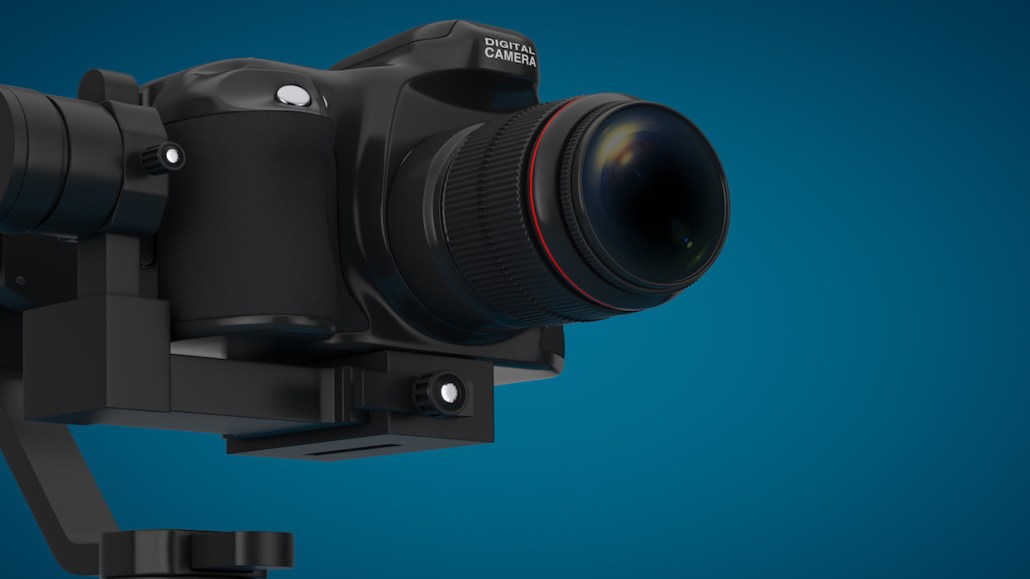Save 50% on a 3-month Digiday+ membership. Ends Dec 5.
How publishers can nail their video strategies without blowing their budgets

By Navdeep Saini, founder and CEO, DistroScale
Media companies who fail to use relevant video content with every article are missing a huge opportunity. In today’s attention economy, video is table stakes for success. But despite conventional wisdom, becoming video-proficient doesn’t require multi-million dollar budgets or big dedicated teams for publishers. It’s a capability well within the reach of publishers from niche to mass market.
According to Nielsen, consuming video is how the average American spends about five-and-a-half hours of time each day. And brands can’t get enough quality video inventory either. Digital advertisers upped their digital video budgets by 25 percent this year. This demand for video from — from advertisers and consumers alike — makes it hard for publishers to keep up.
Yet every day, even so-called video-forward media brands struggle to produce enough ongoing, dynamic video content for building and maintaining traffic, engaging audiences and satisfying advertiser demand.
But the only thing growing faster than audiences’ insatiable appetite for original video is the cost and complexity of creating, producing, delivering and monetizing video. Approach a video strategy in the wrong way, and the technology, licensing, editorial and operational resources for an ongoing video publishing operation can quickly set a business back millions each year.
Video doesn’t have to be an uphill battle or an enormous expense. Here are a few best practices we’ve seen bubbling up from some very enterprising publishers, from small niche players to bigger brands.
Use relevant video for each article
The best video executions ensure the content is relevant to the core editorial content. However, even publishers who aren’t able to produce video for each article are smartly finding ways to use videos that are in the context of a place, person or thing referenced in the story. Some sites dedicate an editorial staffer to ensure ongoing synchronization of video with each article. Others work with automated solutions. Either way, it makes a world of difference in engaging audiences.
One perfect example is CNN, which integrates a video player into every story. CNN’s smart playlists keep a continual rotation of relevant video playing. It might be about a subject or place in the story, or it might be an earlier video for the same story. We’ve also seen publishers use smart playlists that can be geo-targeted to the audience.
Ad position: web_incontent_pos1
Optimize for increased viewability
It’s crucial to place the video player at the top of the article. It often gets pushed below the fold, which dramatically drives down viewability. But some publishers have taken things a step further, having their videos move with the reader by ensuring that the video player adheres to a certain section of the site, or even by docking the player at the end of the article.
Take CBS News: As the reader scrolls, the video player moves right and adheres to the right rail. C/Net docks their contextual player on the lower right. This approach is a win-win: readers get more compelling content, and publishers have quality ad inventory that satisfies their partners.
Limit to one video per page
Avoid cannibalization: smart publishers make sure different video units aren’t competing with each other. MSN Entertainment keeps the reader engaged in the article with a single integrated video player, which scrolls down and to the right of the text.
Leverage video-as-a-service platforms
The examples cited here are of big media brands, but these same best practices are within reach of digital publishers of nearly any size.
It’s true that, until very recently, a typical small-to-medium sized publisher might be faced with an annual cost of several million dollars per year to get an ongoing video operation going. Those costs might include licensing a player, creating and curating content, hosting, encoding for various platforms, transcoding, serving ads, video distribution, ad operations and analytics — not to mention a need for an internal team to manage all of it.
Ad position: web_incontent_pos2
But just as software-as-a-service revolutionized enterprise software, video-as-a-service platforms are making polished, engaging and money-making video both scalable and accessible, with little or no upfront cost. It’s also streamlining the number of vendors needed to manage and help publishers transform a money pit into an affordable operation.
It wasn’t too long ago that a slew of publishers rushed off to make a “pivot to video” — and many failed. But a select few invested wisely enough to create video operations that worked, while others waited things out for a more affordable way forward.
The winners will continually fine-tune the balance between technology and editorial talent. That’s a combination that can ensure in-context video that engages audiences, offers brands an authentic connection to readers and offers publishers a friction-free way to leverage that connection.
More from Digiday

Ulta, Best Buy and Adidas dominate AI holiday shopping mentions
The brands that are seeing the biggest boost from this shift in consumer behavior are some of the biggest retailers.

Digiday+ Research Subscription Index 2025: Subscription strategies from Bloomberg, The New York Times, Vox and others
Digiday’s third annual Subscription Index examines and measures publishers’ subscription strategies to identify common approaches and key tactics among Bloomberg, The New York Times, Vox and others.

U.K. retailer Boots leads brand efforts to invest in ad creative’s data layer
For media dollars to make an impact, brands need ad creative that actually hits. More CMOs are investing in pre- and post-flight measurement.
Ad position: web_bfu